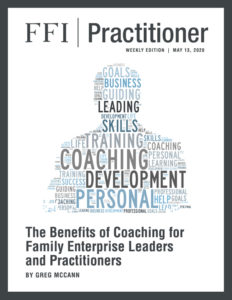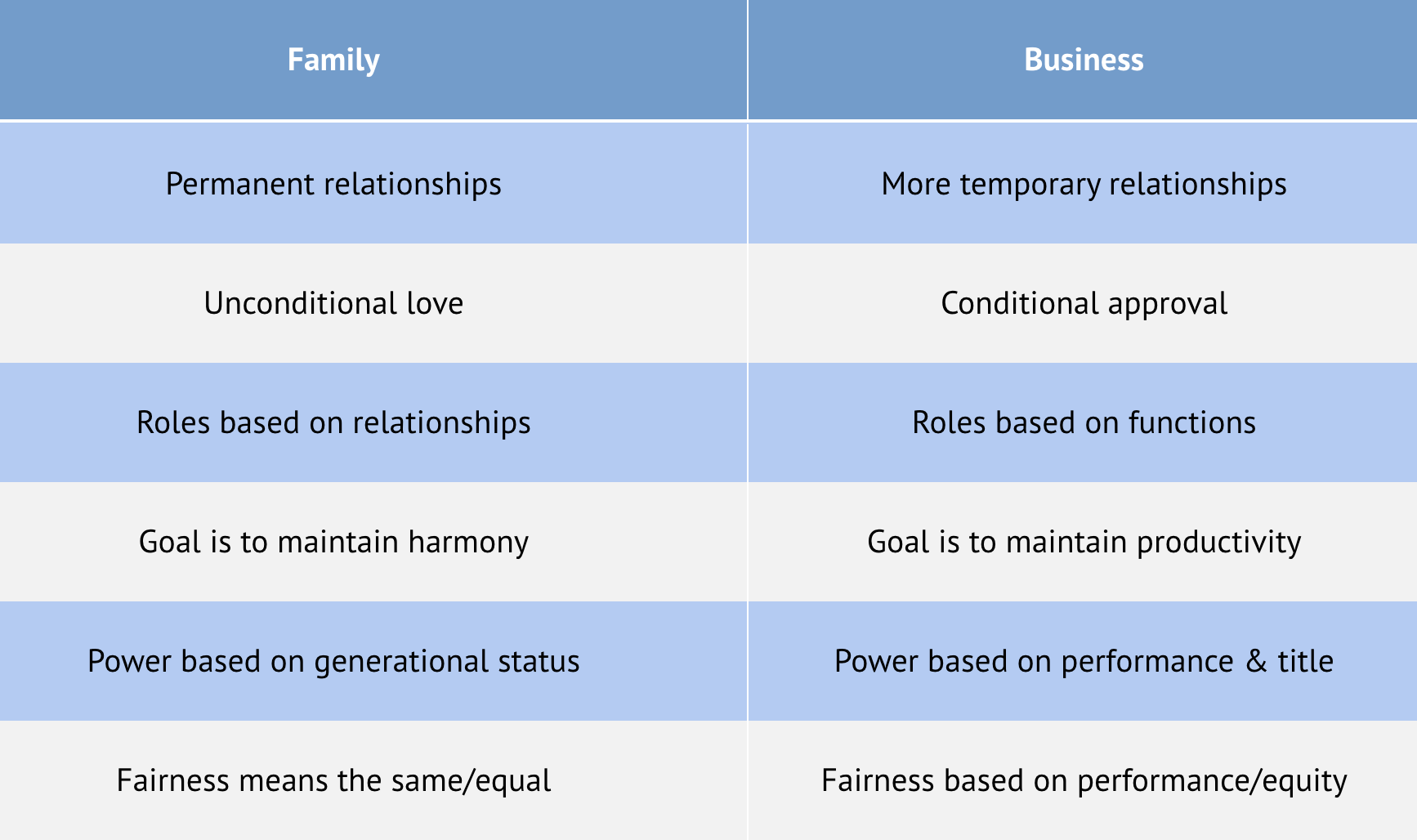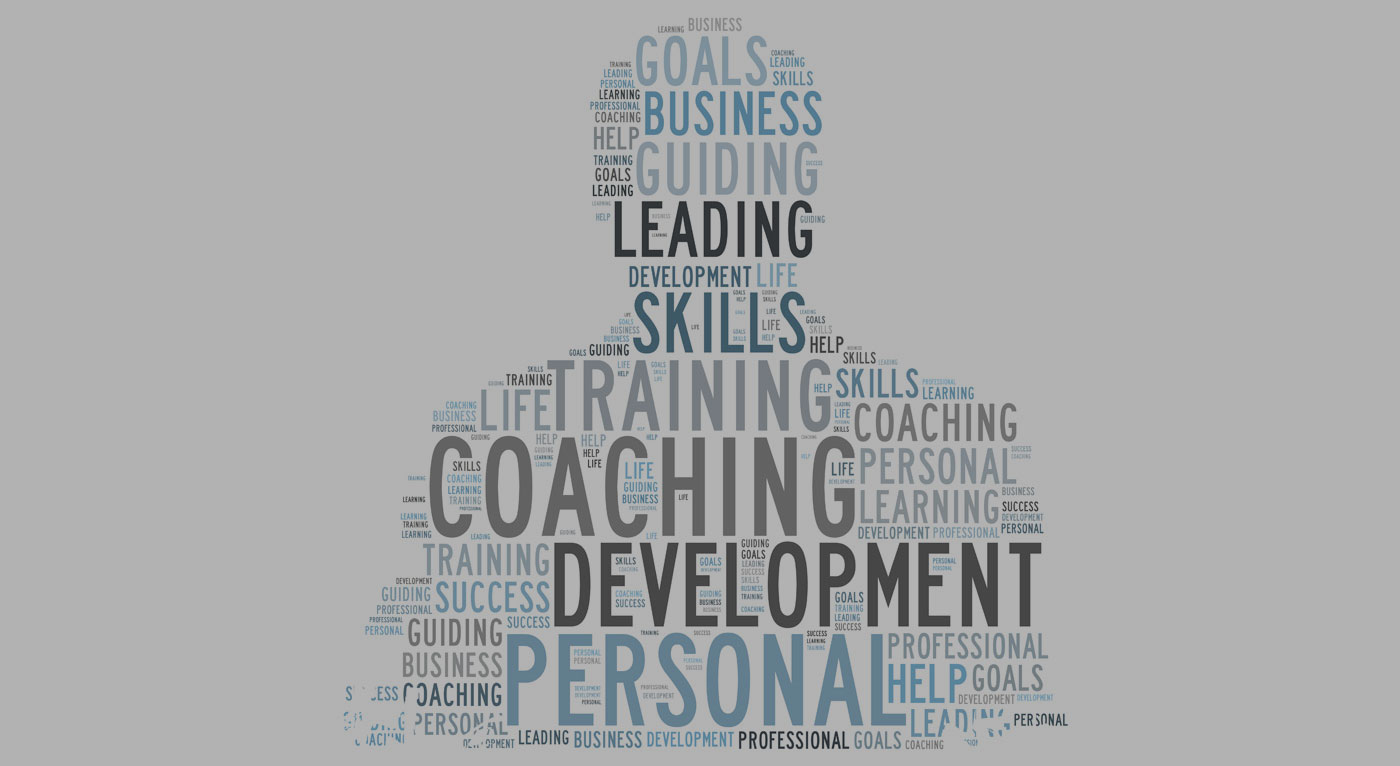
View this edition in our enhanced digital edition format with supporting visual insight and information.
Thanks to Greg McCann for this week’s article discussing some widely held notions about professional coaching and how family enterprise leaders and advisors can maximize their leadership development through effective coaching.
I once had a coaching client who had a pattern of being too accommodating with people, especially family members, and a second client who had a pattern of being too much of an advocate with people, especially his family members. Both led to problems in the business and problems in the family.
My role as their coach was to help them see these unconscious patterns—which we all have—and start to work to make them into conscious choices. In doing so, my clients not only became more effective and happier leaders, but their family systems also shifted and became more effective and productive.
Clarifying some myths about coaching
Professional coaching is not therapy nor a resource to treat mental illness, addiction, or other behavioral health issues. It is a more professional-to-professional wellness-based approach that moves the client toward greater awareness (for example, “I tend to advocate,”) resulting in more effective action and accountability.
Many people also mistakenly think a coach works like an athletic coach of their youth: someone who will tell them what to do. Whereas an expert in the field might give you sage advice, a coach starts with the premise that the client holds the wisdom to create a solution, so the coach’s role is to facilitate the exploration of options, perspectives, patterns, and stretch goals.
A professional coach is interested in increasing the leader’s capacity for more than just the issue at that moment. Consider how few people, especially leaders, have a safe, neutral setting in which to process ideas, fears, perceptions, and patterns in their lives. A coaching session is one of those settings.
How family enterprise leaders benefit from coaching
If leaders are tasked with working to change a system or enterprise to make it more effective while also evolving the culture (meanwhile managers are tasked with reinforcing the culture and making the existing system more efficient), then you can appreciate why leaders need the neutral setting to reflect and to develop their capacity.
Importantly, research1 and my experience reveal that most organizations today are overmanaged and under-led. Leadership requires white space; it also requires helping the client with what may be the curse of our time: falsely equating an overstuffed schedule with high status. Stress and frantic activity are not the same as leadership and productivity—clarifying that difference is a fundamental benefit of coaching and one that deserves frequent attention.
Coaching for family enterprise leaders can help create a neutral space to pause and reflect. It can make it a practice to intentionally accelerate the development of that client’s leadership capacity and agility. This is more important today than ever because the world today is defined by exponential change and ever-increasing complexity, resulting in an astoundingly more complicated world. This dynamic is, unfortunately, epitomized by COVID-19.
Family enterprise leaders also have the added complexity of leading in two systems with entirely different cultures: the family and business (see box below). To be effective as a family enterprise leader today requires greater capacity and agility—“capacity” meaning the ability to be more self-aware, cultivate deeper empathy, frame complex issues more effectively for all stakeholders, and work to create value from change—or, innovate. Leadership also requires you to step back from a system, be it your ego, your family, your business, your industry, or even your nation to see that system from a more objective perspective.
“Agility” means the mindfulness to choose what style or, if you will, gear will be most effective to employ in a given situation. This can relate to power styles (advocating or accommodating), communication styles (extravert or introvert), or even framing. Is this a problem to solve quickly, a systemic issue that needs a strategy or policy, or a culture issue to influence?

Source: When Your Parents Sign the Paychecks by Greg McCann
A mutually beneficial relationship
The coaching relationship creates a powerful synergy for any practitioner in our field for a few reasons. First, it offers you another tool to use as an advisor working with families. I, for example, was trained as an accountant and a lawyer, so the problem-solving or advice-giving “gear” is easy to default to, especially when the client is under stress. But being on both ends of the coaching relationship has helped me recognize that pattern in myself and to know when to step back for the benefit of my client.
In my case, both the work with the two clients mentioned in the beginning of the article, coupled with feedback from a colleague who is a coach, helped me see my own risk for being too accommodating. My colleague and I were on an intense call with a third client who asked us to rescue her from a situation. We got off the call for just a few minutes and my colleague helped me see my risk, and inspired me to step up and own it, citing our previous work with the two brave coaching clients. Synergy.
The second reason: coaching focuses on empowering the client. When a coach solves the client’s issues, they aren’t developing the client. It is often a stretch for people trying to coach to lean back, remain curious and patient in spite of tension, trust the client has the answer, and to provide a safe, neutral setting. A caveat here: by “safe,” I don’t mean the coach shouldn’t challenge assumptions and offer feedback or even stretch goals. I mean the coach should stay neutral about his or her opinions, put the client’s well-being first, and trust that the client ultimately has the answer.
For this kind of work to be effective, the coach must have a level of compatibility with the client, including trust that the client’s well-being and development is paramount. The coach should be qualified in terms of experience and necessary credentials but also in terms of character: namely, the integrity, values, and commitment to doing his or her own development work needs to be something the client can respect.
Coaching, as an ongoing relationship for leaders and as a style that anyone working with family enterprise leaders can use, is a vital resource for helping leaders create the space and the setting to build their capacity and their agility. In your lifetime, has this skill ever been more vital than now?
Reference
1Kotter, John P. “What Leaders Really Do.” Harvard Business Review. December 2001. https://hbr.org/2001/12/what-leaders-really-do
About the Contributor

Greg McCann, FFI Fellow, has been coaching for over 20 years within his roles as the founder and director of Stetson University’s Family Enterprise Center, director of its executive MBA, as a consultant and coach in his firm, McCann & Associates. He is a former member of the FFI board of directors. Greg can be reached at greg@greg-mccann.com.

View this edition in our enhanced digital edition format with supporting visual insight and information.



